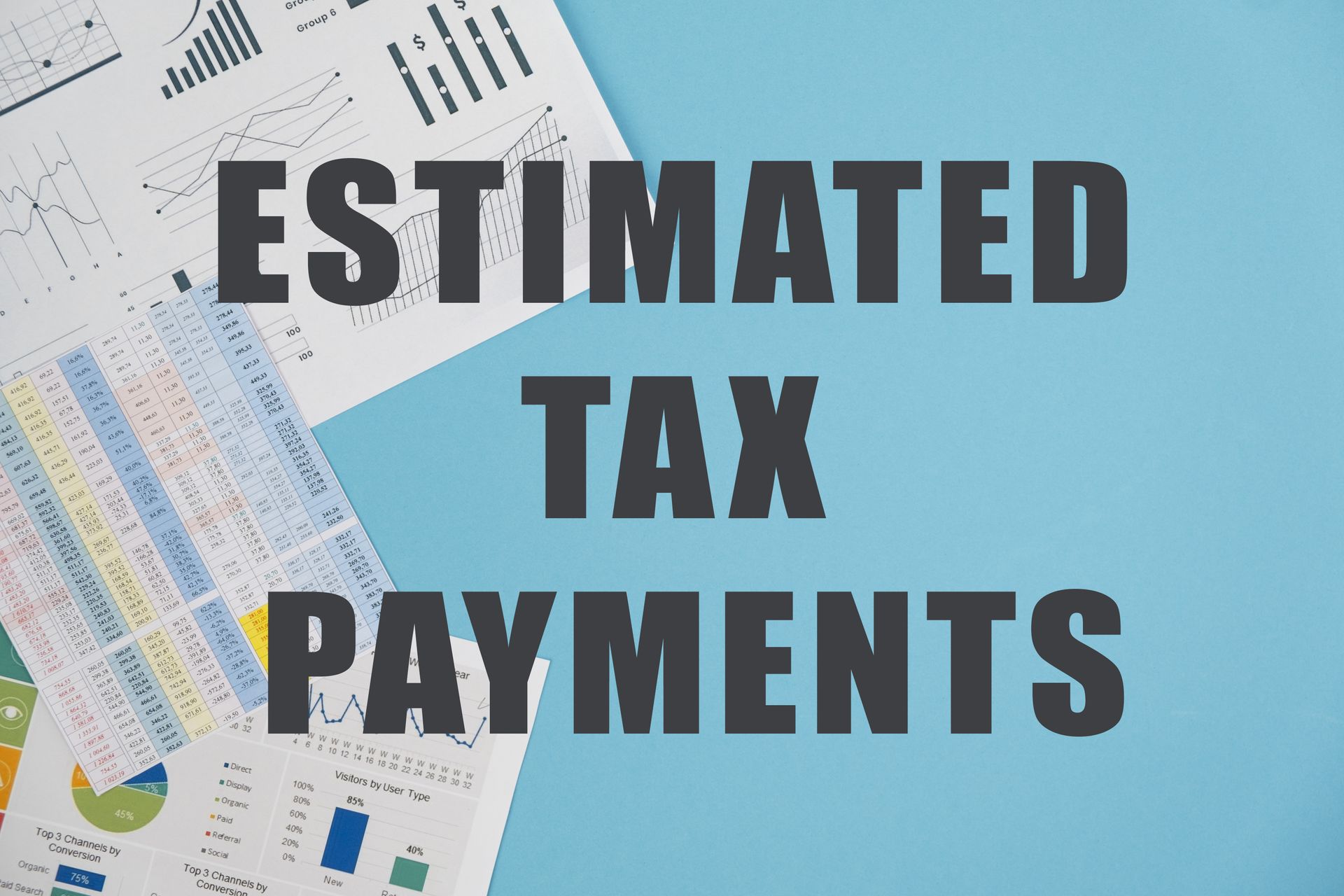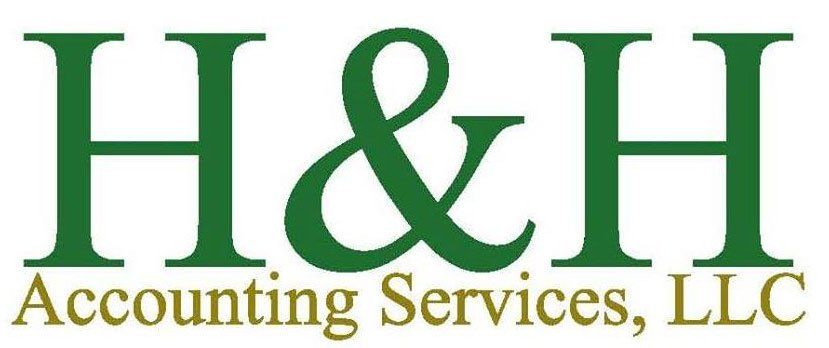Are Your Estimated Taxes on Track for Q3?

September marks an important milestone for self-employed individuals and small business owners: the Q3 estimated tax payment deadline on September 15.
This is the time of year when adjustments may be necessary. Income often fluctuates, especially for entrepreneurs, contractors and seasonal businesses. If you’re earning more or less than you originally projected back in April, now is the time to revisit your numbers. Otherwise, you may end up overpaying, underpaying or scrambling to catch up when year-end arrives.
Why Q3 Is the “Adjustment Quarter”
The third quarter is unique because you’ve got eight months of actual income data under your belt. That means your financial picture is much clearer than it was when you made your Q1 and Q2 payments.
● If your business is booming: Higher-than-expected income means your original estimates might no longer cover your actual tax liability. Adjusting now helps you avoid a large, painful bill (and potential underpayment penalties) at tax time.
● If your business has slowed: You don’t want to continue overpaying based on inflated projections. Lowering your Q3 and Q4 payments frees up cash flow when you need it most.
Scenarios Where You Might Need to Recalculate
Seasonal Businesses
If your busiest months are summer-heavy, your Q1 and Q2 payments may have been low relative to your income. Updating your Q3 payment keeps you from facing a tax shortfall in April.
Unexpected Growth
Maybe you signed a new client, launched a product that took off or had a surge in demand. Great news for your business, but it also means higher taxable income. Q3 is your chance to get ahead of the IRS before penalties apply.
Income Drop
If Q3 showed a dip due to fewer projects or slower sales, there’s no need to continue paying as if you’re on pace for a record year. Recalculating your payments helps conserve cash.
Big Life Changes
Buying a home, having a child, or shifting your filing status could change your deductions or tax bracket.
Adjusting estimated payments keeps your tax strategy aligned with your actual life circumstances.
FAQs About Q3 Estimated Taxes
Q: If I overpaid in Q1 and Q2, can I skip my Q3 payment?
Technically, yes. If your total payments already cover your projected liability through September, you might not need to send more. However, skipping a quarter can complicate your year-end tracking. Most tax professionals recommend applying the overpayment toward future quarters to avoid confusion and to keep your cash flow balanced.
Q: What if I underpaid earlier in the year?
The IRS expects payments to be made as income is earned, not “caught up” in a lump sum at year-end. If you underpaid in Q1 or Q2, it’s wise to increase your Q3 and Q4 payments to reduce potential penalties.
Q: Do I have to make equal payments each quarter?
Not necessarily. The IRS understands income can be unpredictable. They only expect you to make your best estimate at each deadline, not to forecast the entire year’s earnings in advance.
You can also use the “annualized income method” to calculate payments that reflect when income was actually earned. This approach is especially helpful for seasonal businesses or those with inconsistent cash flow.
Q: How do I know if I’m safe from penalties?
Generally, you’ll avoid penalties if you pay at least 90% of your current-year tax liability or 100% of last year’s liability (110% for higher-income taxpayers). A professional tax preparer can help determine which benchmark is safest for your situation.
Q: Can I use my tax software to recalculate, or should I call an accountant?
Tax software is fine for simple situations. But if your income is complex, you’ve had a major life change, or you’re unsure about safe harbor rules, working with a personal income tax preparer ensures accuracy and peace of mind.
How to Recalculate Your Q3 Payment
If you think your income or expenses have shifted, here’s a quick recalibration process:
- Tally your year-to-date income and expenses through the end of August.
- Project your income for the rest of the year, factoring in seasonal trends or new contracts.
- Recalculate your tax liability based on the updated projection.
- Divide the difference between what you owe for the year and what you’ve already paid by two (for Q3 and Q4).
- Submit your payment by September 15 through IRS Direct Pay, EFTPS or by check.
This process helps ensure your Q3 and Q4 payments keep you on track without overextending your cash flow.
Our Phoenix Tax Preparers Can Help You Worry Less About EFTPS Payments
Don’t wait until April to find out your quarterly payments were off. At H&H Accounting Services, we work with self-employed individuals and businesses across Phoenix to keep estimated taxes accurate and stress-free.
Whether your income is up, down or unpredictable, we’ll help you calculate the right payment so you can focus on running your business, not worrying about the IRS.
Schedule a consultation with the tax preparers at H&H Accounting Services by calling (480) 561-5805.



